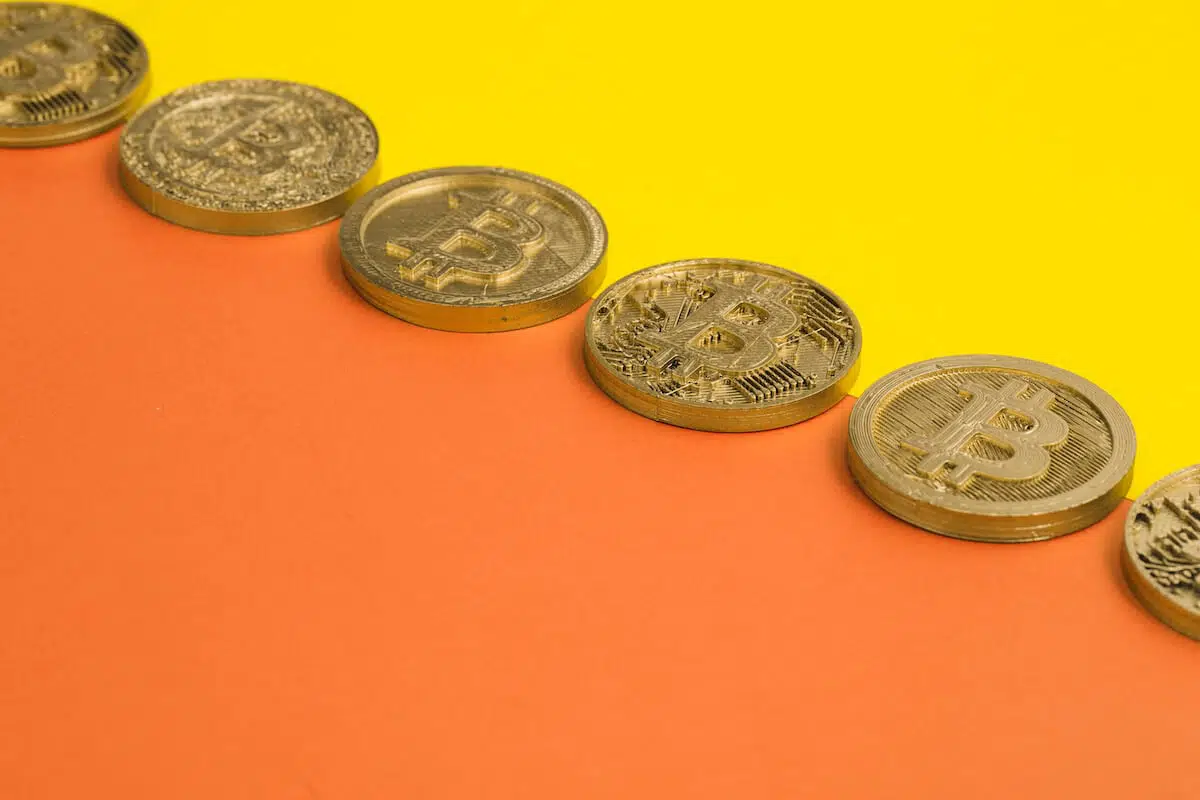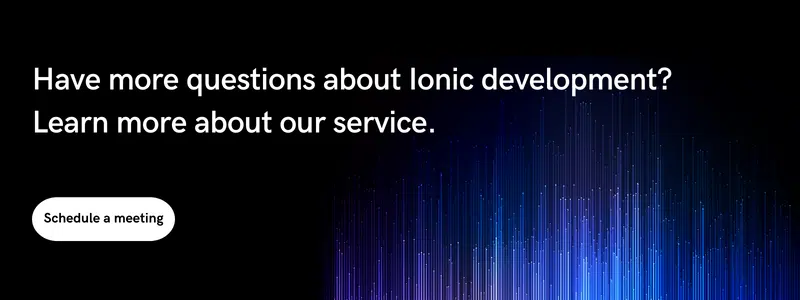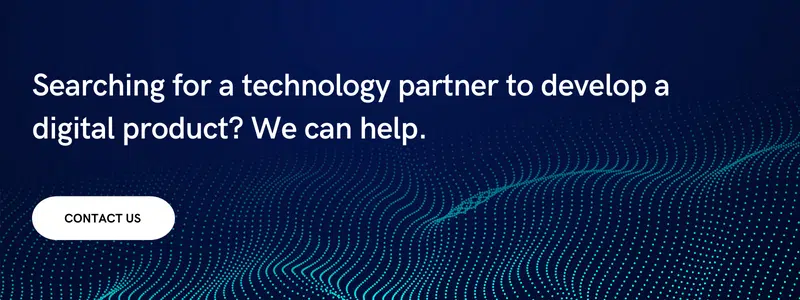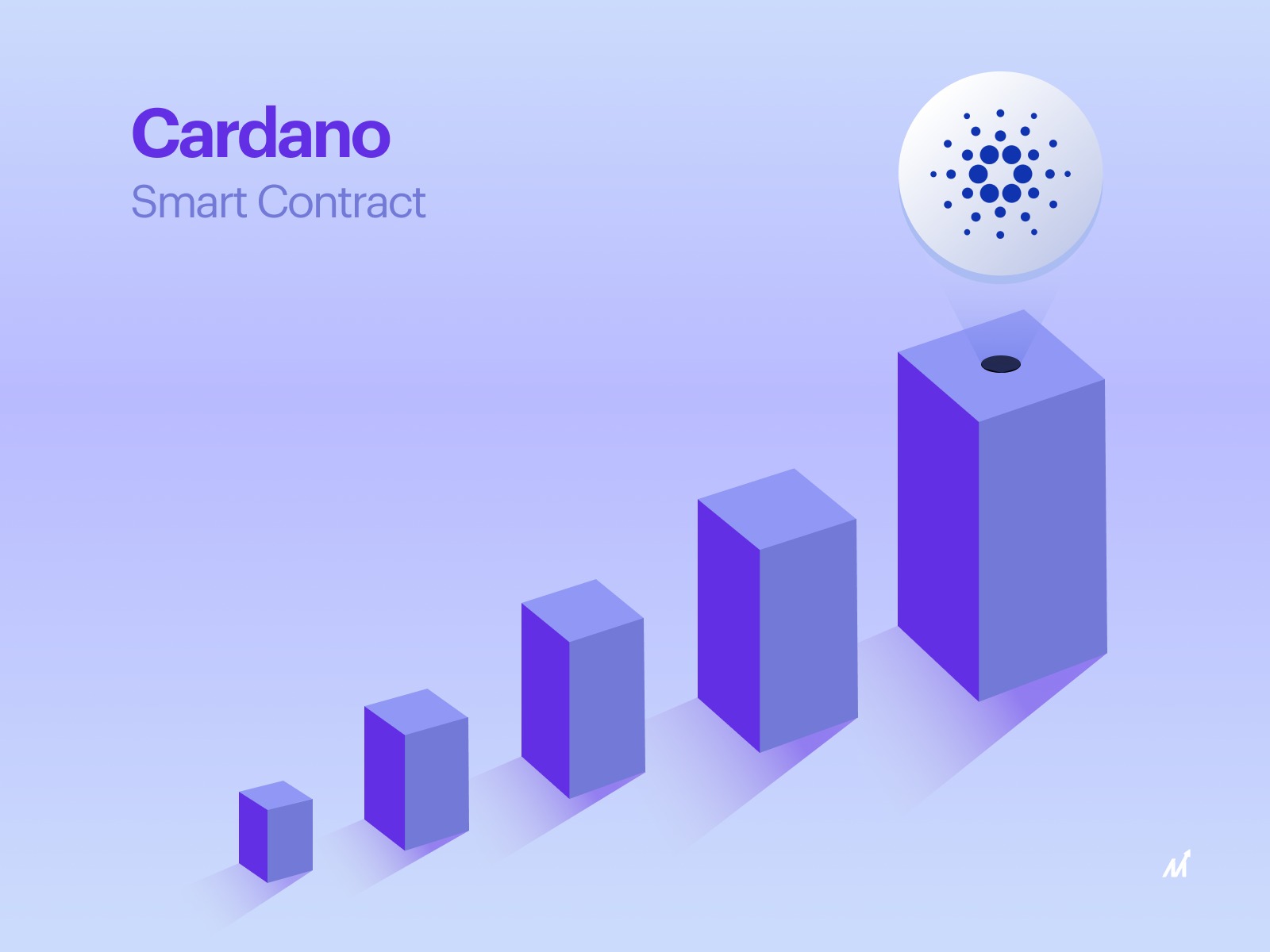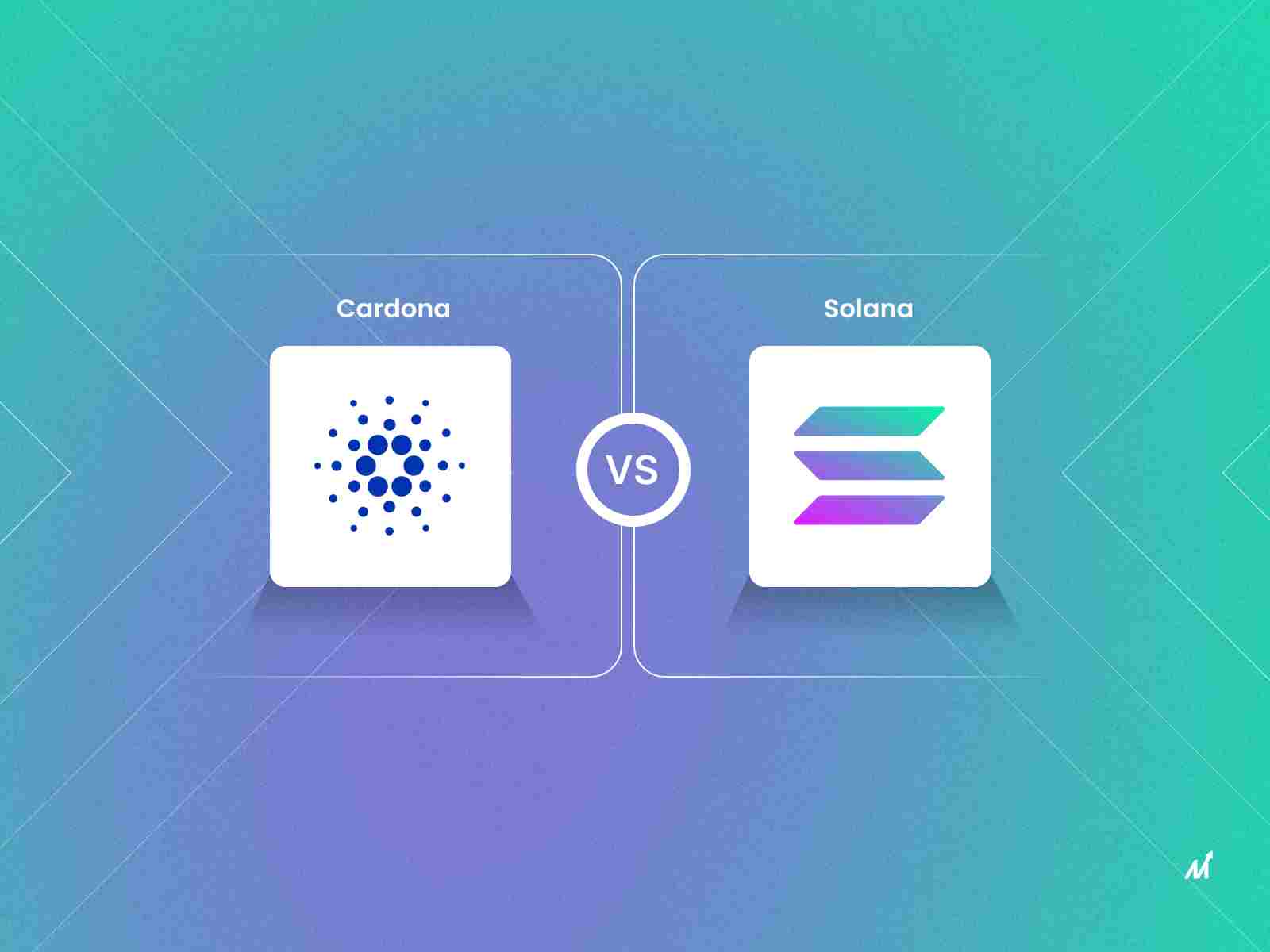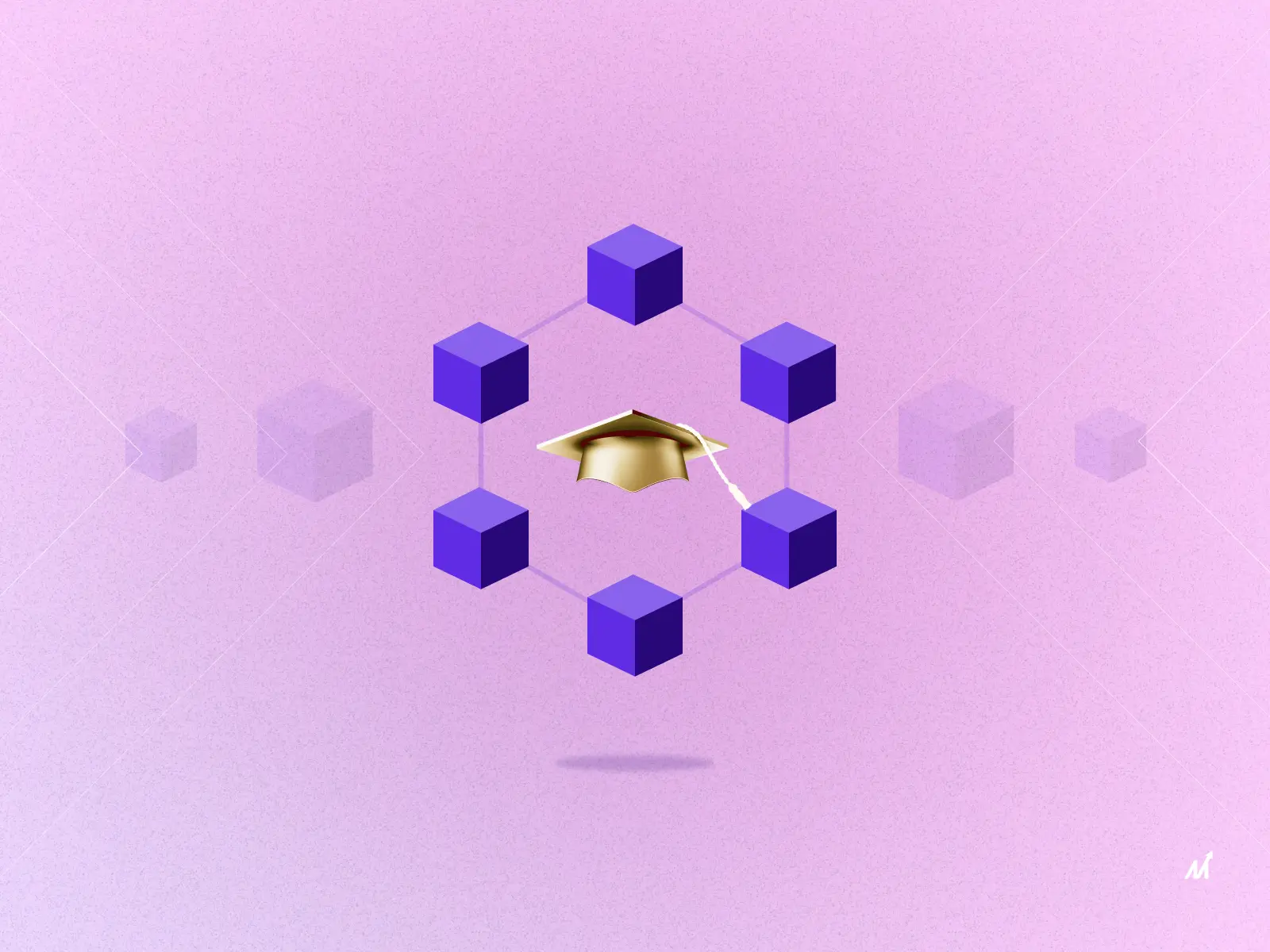Today’s technology allows the transfer of images, messages, and emails directly from person to person, all across the globe. However, the transfer of money requires a trusted third party to complete the transaction for the individuals. But with blockchain technology, there will no longer be a need for a third party, thanks to the encryption of all records on a public digital ledger. This article will cover the basics of blockchain, what it is, how it works, and how blockchain technology companies are using it to further enhance online connectivity around the world.
What is Blockchain?
Blockchain stores information on a decentralized database and allows the transfer of any transaction involving value: whether that is money, goods, votes, work, or property. The money is transferred from one party to another for trade, such as advertisement spots, products, services, or e-commerce products.
Trust between the payer and receiver, as well as the platform itself, is highly important. Before, there was no way to understand the authenticity of a seller and a platform beyond the common trust shared through reviews, widespread usage, and past experiences by individuals. These were some ways to build trust as there is no other way to challenge the traditional technology used for the exchange of goods or currency.
However, in October 2008, the first cryptocurrency Bitcoin was invented, and blockchain was traced for the first time. Now blockchain is challenging the status quo.
How does blockchain work?
Blockchain is a set of ledger technologies that can be programmed to record anything of value. Data hosted on the blockchain is distributed among a large network of computers. This decentralization reduces the risk of data tampering. When a change is made to data in one block, the block does not change, but instead a new block is added to the chain, tracking the change that took place.
Because of the way blockchain works, it creates trust in the data. Before a block is added to the chain, a cryptographic puzzle is created, thus creating the block. The puzzle must be solved by a computer on the network. The computer that solves the puzzle shares the solution with all other computers on the network. The puzzle is verified by all computers on the network, and the block is added.
This complex system of both puzzles and various computers on the network ensures that users can trust the data stored on the blockchain. Users can interact with the data in real-time, as the system itself builds trust, and third parties are not needed.
Beyond the basics, blockchain can exist in different forms.
Public blockchain
A public blockchain is open to everyone. Anyone can access the data on a public blockchain, as there are no restrictions on who can participate in the network. Examples of a public blockchain are Bitcoin and Ethereum.
Private blockchain
Private blockchains are only open to a select group of authorized users. There is a set of restrictions as to who can access the networks to ensure privacy. Private blockchains are best suited for institutions who need to keep prithatvate information such as banks or governments counting votes.
Hybrid blockchain
A hybrid blockchain is a mixture of features founds on public and private blockchains. These features can manifest in different ways to produce a hybrid blockchain. One method is to allow select users access to all the data on the blockchain, while the public only has access to parts of this data. Another method is to allow public access to all data, while only granting select users the ability to add more data to the blockchain. An example of this type of hybrid blockchain is a government agency allowing public access to land records but reserves the right to add more information to its employees.
How is blockchain different from existing technology?
Blockchain technology companies use blockchain’s revolutionary features that add new layers to online transactions.
Cryptography
Blockchain uses cryptography to store records of transactions on decentralized databases. It is similar to traditional encryption and decryption of messages that parties do not want to be exposed to others. The encrypted code is shared to protect the secrecy of the message and can only be decrypted by someone who knows a passcode to unlock the message. Since blockchain protects every transaction using cryptography, the information shared, whether it is private information, user profiles, payment details, or anything else, is always secured and protected.
Authenticity
Unlike non-blockchain third-party platforms, which are used to exchange information, the authenticity of a user involved in a transaction is verified in advance and can be checked by other users.
Transactions
Blockchain-based transactions take place on distributed properties that can be assessed by trusted parties who have access to the information. This means that organizations responsible for verifying user identity and performing a transaction on their behalf would no longer be required.
Distributed Ledger
A database record of any transactions or contracts, which is publicly, privately, or a hybrid of the two, shared and stored on a decentralized and crypto-secured ledger. Any change to a record will be reflected and copied to all participants immediately. A cyber-hack will be difficult because, to change a record, the attack would need to be done simultaneously on all records shared by all participants, which could be in the millions. Once the information is stored in a ledger, it cannot be replaced by a single party, thereby securing the record accurately for everyone. If someone has to change a piece of information, a new ledger is created with a date stamp and user info to reflect that particular change, keeping the original block/ledger unchanged.
Low Risk, Exposure & Cost
As of today, most transactions take place using intermediaries. Parties involved must trust these intermediaries with confidential information to complete their transactions. However, with blockchain, the information is stored safely on blocks, and each party can share their information freely without having any risk of data leaks or exposure.
What are some blockchain technology use cases?
Blockchain can revolutionize the way we access, verify and transact with one another online, and has multiple use-cases.
The first broad use we mentioned above is the exchange of currencies, not only between businesses but also between family and friends. With blockchain, exchanging money can be done without any third-party involvement.
Blockchain can be used to exchange information globally as well. Banks, healthcare institutes, and governments generally have differing technologies, slowing down the process of exchange as the technologies must communicate to transfer information. Using blockchain, everything will be stored on one system, making it easier to communicate information such as financial statements, land records, citizenship status, criminal records, user detail verification, medical records, and more.
Finally, blockchain can even be used for the exchange of goods between two parties, to benefit each other in non-monetary ways. This use is similar to the barter system.
Anyone who has an internet connection will be able to easily send money or other transactions involving value to others, without the need for third-party intermediaries.
Blockchain will become a global source of trust, as it can be verified by all involved parties. Blockchain technology companies can stand to benefit from the advanced features and use cases listed in this article.
What happens when businesses adopt blockchain?
If a business operation depends on public organizations or financial institutes to run its business, it is important to make sure that the involved public organization gains an equal benefit from switching to the blockchain.
The sheer volume of data being shared will be a challenge for institutions. Some businesses will be fighting for their survival, as they will be rendered obsolete by blockchain technology companies.
Due to blockchain’s capabilities in bypassing intermediaries, public authorities may find it difficult to enforce regulations. Blockchain opens up new ways to interact with one another online, but also raises questions surrounding international law, security, and governance.
Blockchain is not without its challenges, but still opens up a world of possibilities. There are several projects using blockchain technology to enhance their operations.
If you need help developing a blockchain marketing plan for your project, contact us to see how we can create a customized strategy for your business.
Biographical Info mansi here

